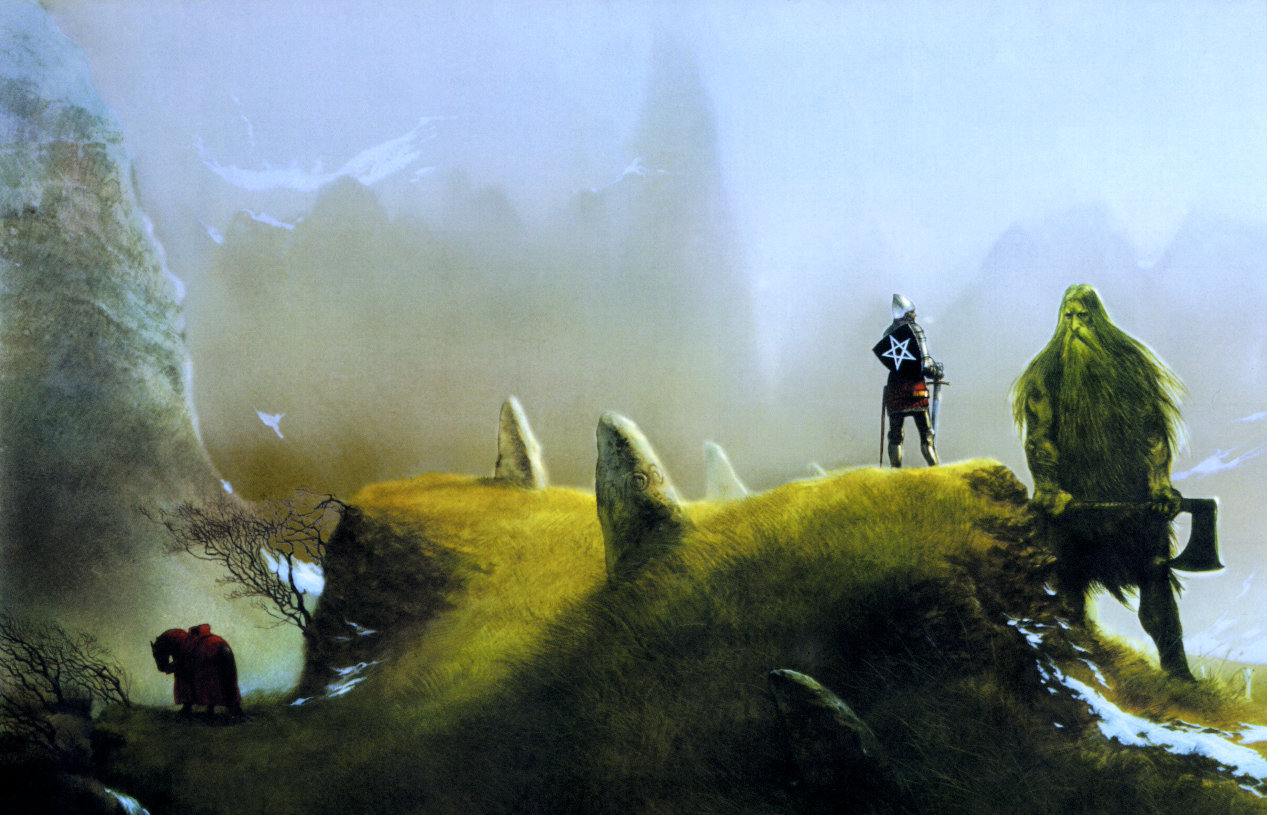Lions, Tigers, and Prayers.
I
was thinking back on the Knight’s Tale and something Meg pointed out to me. It was
that as Palamon and Arcite fight in the forest glade they are compared to animals.
I could make statements about representing ferocity or the fact that animals
were used all the time in heraldry (well actually I do want to talk about
heraldry but not yet) that pertain to that passage, but what I realized that
the two knight keep those descriptions. Both in the forest and in the arena Palamon
is a “wood leon” (1656 and 2629-2632) and Arcite is always “cruel tigre” (1657
and 2626-2629). Actually here are the two passages.
Thou
mightiest wene that this Palamoun
In
his fighting were a wood leon,
And
as a cruel tigre was Arcite. (1655-1657)
And then the arena.
Ther
nas no tigre in the vale of Galgopheye,
Whan
that hir whelp is stole whan is lite,
So
crule on the hunte as is Arcite,
For
jalous herte, upon this Palamoun;
N’in
Belmarye ther nis so fel leon,
That
hunted is, or for his hunger wood,
Ne
of his praye desireth so the blood
As
Palamon to sleen his foo Arcite. (2626-2633).
Now certainly the last description is more elaborate
than the first, but it is the same comparison. I think I am willing to attribute
to Chaucer enough skill that he could have come up with something else if he
really wanted to. Or if we want to stick with the idea that this story is in character
of the knight, I’ll give him the benefit of the doubt and thousands of lines of
poetry and say that he could have thought of something else too. So, it seems
that this is deliberate consistency and might say something about the character
of both.
Palamon
is the mad, it would seem both angry and crazy (wood and desireth so the blood)
lion. In heraldry the lion is a beast of nobility and kings. Then to make it
crazy creates a blunt, straightforward, but unstoppable force. This seems to be
exactly who Palamon is. We know he was quite angry about Arcite’s confession of
love in the tower. We also know he is as brutally honest as a cudgel because he
turned himself and Arcite in as soon as Theseus asked. This would explain his
application to Venus. Love is what he wants so love is what he asks.
Arcite
is the tiger. I don’t know a whole lot about the tiger in heraldry but in this
description he is a “cruel tigre.” And not only cruel but cruel “For jalous
herte” (2629). The term cruel in combination with “hunt” seems to imply some
amount of cunning. This is also a perfect description of character. As he dies
Arcite confesses that he fought with his cousin for “jalousye” (2784-2785). He also
seems to exhibit a certain amount of conniving. He sneaks into Theseus household,
argues his way out of bonds of brotherhood, and I think prays to mars because
of it. He thinks that an application to love will be vain because it’s the victor
who weds Emelye. So, in an effort to cheat the system he pleads to the god of
war.
There, that’s me going on and on. I’m sorry there
is no audio visual to go with this. I can only present this awesome illustration
of sir Gawain and the Green Knight that Meg and I couldn’t work into our
presentation.
And God save al this faire compaignye!

So, looking things up in MED (which didn't turn up anything) and the OED, here are some thoughts (both definitions are from the OED):
ReplyDeletelion, n.
...It is very powerful, and has a noble and impressive appearance; whence it is sometimes called ‘the king of beasts’.
tiger, n.
... proverbial for its ferocity and cunning.
These definitions are from the right time period and seem to support your ideas. But as I was looking them up, I started wondering about the biblical connections to lions, which I think you would know better than me. As I recall lions can represent both good and bad things. (or am I just remembering lions eating Christians?) I absolutely agree with you that Chaucer isn't making a comparison at random, he controls all his language too well.